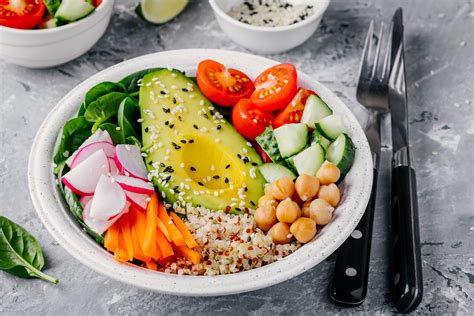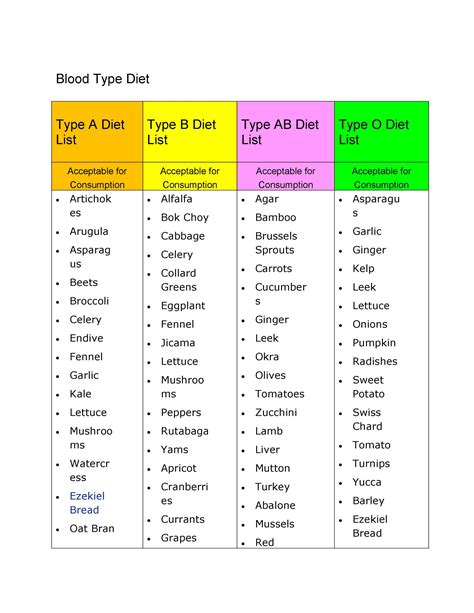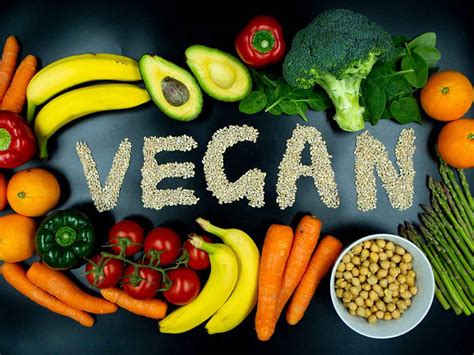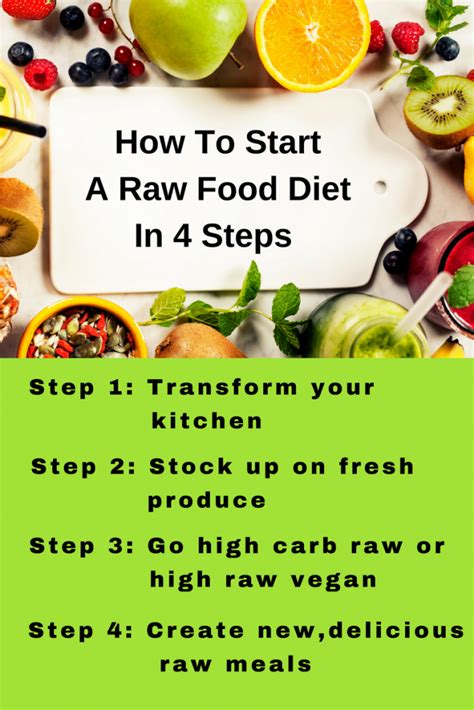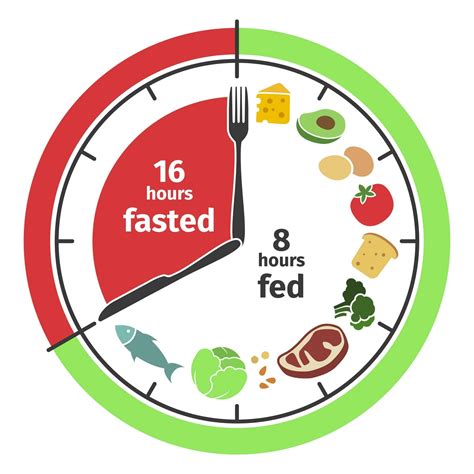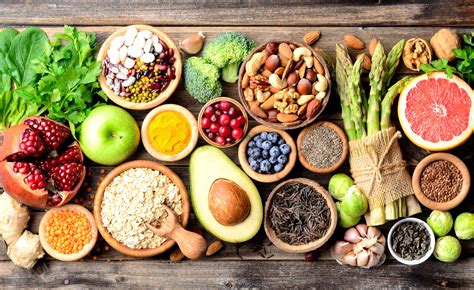Discover the benefits and tips for maintaining a semi-vegetarian diet. Learn how to transition and create a balanced meal plan. Understanding semi-vegetarianism made easy.
Understanding Semi-Vegetarianism Diet
Contents
Semi-vegetarianism is a flexible diet that allows individuals to incorporate a plant-based diet into their lifestyle while still consuming some animal products. This dietary approach emphasizes the importance of fruits, vegetables, whole grains, and legumes in a person’s daily meals, while occasionally including small amounts of meat, poultry, and fish.
By following a semi-vegetarian diet, individuals can benefit from the nutrients found in plant-based foods, while also having the option to include animal products in their meals. This diet can be a suitable option for people who want to reap the health benefits of a vegetarian diet, but are not ready to commit to a fully plant-based lifestyle.
It is important to note that a semi-vegetarian diet is not a one-size-fits-all approach and can vary depending on individual preferences and dietary requirements. Some individuals may choose to consume meat and dairy products less frequently, while others may opt for a more flexible approach, allowing small servings of animal products on a regular basis.
Ultimately, understanding the fundamentals of semi-vegetarianism diet can help individuals make informed choices about their dietary habits and create a balanced meal plan that aligns with their health and wellness goals.
Transitioning to a Semi-Vegetarian Lifestyle
Transitioning to a semi-vegetarian lifestyle can be an exciting and rewarding journey. Whether you are looking to reduce your meat consumption for health, ethical, or environmental reasons, it’s important to approach the transition in a gradual and sustainable way.
One way to ease into a semi-vegetarian lifestyle is by starting with small changes. This could involve incorporating more plant-based meals into your diet, such as adding an extra serving of vegetables to your plate or swapping out meat for tofu or legumes in a recipe. Gradually reducing your meat intake over time can make the transition feel more manageable and less overwhelming.
Another important aspect of transitioning to a semi-vegetarian lifestyle is to explore and experiment with different types of plant-based foods. This can involve trying out new fruits, vegetables, grains, and plant-based protein sources to help diversify your diet and ensure you are getting a wide range of nutrients. This can also help prevent boredom and keep your meals interesting and delicious.
It’s also crucial to pay attention to your body’s needs and listen to any cravings or deficiencies you may be experiencing during the transition. This may involve consulting with a healthcare professional to ensure you are meeting your nutrient requirements and making any necessary adjustments to your diet. Additionally, staying informed about the nutritional benefits of different plant-based foods can help you make informed choices and ensure you are getting all the nutrients your body needs.
Creating a Balanced Semi-Vegetarian Meal Plan
When embarking on a semi-vegetarian diet, it is important to ensure that your meal plan is balanced and provides all the necessary nutrients for your body. One way to achieve this is by incorporating a variety of fruits and vegetables into your meals. These can include leafy greens, berries, citrus fruits, and cruciferous vegetables such as broccoli and cauliflower. Additionally, it is important to include whole grains and legumes, such as quinoa, brown rice, lentils, and chickpeas, to provide a good source of protein and fiber.
Another key component of a balanced semi-vegetarian meal plan is to include sources of healthy fats, such as avocados, nuts, and olive oil. These can help to provide necessary nutrients such as omega-3 fatty acids and vitamin E. It is also important to include sources of calcium and vitamin D, such as dairy products or fortified plant-based milk alternatives, to support bone health.
When planning your meals, it is important to pay attention to portion sizes and servings of different food groups to ensure that you are getting a balanced intake of nutrients. One way to achieve this is by using the plate method, where half of your plate is filled with fruits and vegetables, a quarter with whole grains, and a quarter with lean protein sources such as tofu, tempeh, or fish. This can help to ensure that your meals are balanced and provide the necessary nutrients for your body.
In addition to planning your meals, it is also important to incorporate healthy snacks into your daily routine. This can include options such as fruit and nut butter, yogurt with granola, or hummus and veggies. By incorporating healthy snacks, you can help to maintain energy levels throughout the day and avoid reaching for unhealthy options when hunger strikes.
Benefits of Semi-Vegetarianism Diet
Choosing to follow a semi-vegetarianism diet can have numerous benefits for both your health and the environment. One of the main advantages of this dietary approach is the potential for weight management. By incorporating a larger portion of plant-based foods into your meals, you are likely to consume fewer calories overall, which can help with weight loss or weight maintenance. Additionally, a semi-vegetarian diet can also lead to a lower risk of developing chronic diseases such as heart disease, diabetes, and certain types of cancer.
Another key benefit of a semi-vegetarianism diet is its positive impact on the environment. By reducing the amount of animal products in your diet, you can help decrease the demand for factory farming, which is a major contributor to greenhouse gas emissions and deforestation. This dietary choice can also lead to the conservation of water and other natural resources, making it a more sustainable option for the planet.
Incorporating more fruits, vegetables, whole grains, and plant-based proteins into your meals can also improve your overall nutrition. These foods are rich in essential vitamins, minerals, and antioxidants that can boost your immune system, promote healthy digestion, and support optimal bodily function. By prioritizing these nutrient-dense options, you can ensure that you are meeting your body’s nutritional needs and promoting long-term wellness.
Furthermore, following a semi-vegetarianism diet can encourage greater creativity and variety in your meals. By exploring new recipes and trying different types of plant-based foods, you can expand your culinary skills and discover delicious alternatives to traditional meat-based dishes. This can make your eating experience more enjoyable and satisfying, while also introducing you to a wider range of flavors and textures.
Overall, adopting a semi-vegetarianism diet can offer a multitude of benefits, including improved weight management, reduced risk of chronic diseases, environmental sustainability, enhanced nutrition, and culinary exploration. By making conscious choices about the foods you consume, you can prioritize your health and well-being while also contributing to a more sustainable and ethical food system.
Tips for Maintaining a Semi-Vegetarian Diet
Transitioning to a semi-vegetarian diet can be a positive step towards a healthier lifestyle, but maintaining it can be a challenge. Here are some tips to help you stay on track with your semi-vegetarian diet.
First and foremost, it’s important to be mindful of your protein intake. As a semi-vegetarian, you may still consume some animal products, but it’s essential to include a variety of plant-based proteins in your diet as well. Lentils, chickpeas, quinoa, and tofu are all great sources of protein that can help you maintain a balanced diet.
In addition to protein, make sure to focus on your fruit and vegetable intake. One of the benefits of a semi-vegetarian diet is the emphasis on plant-based foods, so be sure to include a wide range of fruits and vegetables in your meals. These foods are packed with essential vitamins, minerals, and antioxidants that are crucial for overall health.
Another important tip for maintaining a semi-vegetarian diet is to plan your meals in advance. This can help you ensure that you have a variety of nutritious options available, reducing the chance of falling back on less healthy choices. Consider creating a meal plan for the week, including both plant-based and animal products, to help you stay on track with your diet goals.
Lastly, remember to be flexible and forgiving with yourself. It’s okay to indulge in the occasional non-vegetarian meal, as long as it doesn’t become a regular occurrence. The key to maintaining a semi-vegetarian diet is to strive for balance and consistency, rather than perfection.

